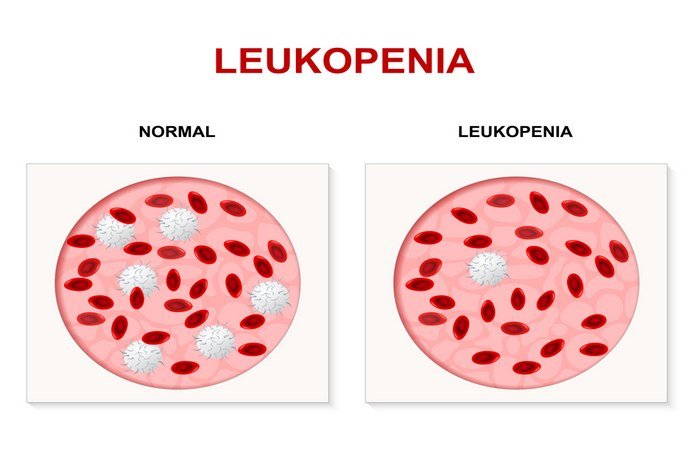Leucopenia
The symptoms or signs are fever higher than 100.5 degrees F, sweating, chills. And the causes include many diseases such as myelofibrosis, myeloproliferative syndrome, hypersplenism, and aplastic anaemia.
Usually, the symptoms of this disease do not become noticeable, so when there is a decrease in WBCs proven by the test, one must have to go to the doctor immediately.
The treatment depends on what caused the leucopenia. To treat leucopenia medications, chemotherapy, and radiations given to these patients, along with growth factor therapy that can increase the concentration of white blood cells in the body. If left untreated, it is also hazardous.

